What images come to mind when you think of South L.A.? That’s the question Strategic Actions for a Just Economy took on for its “SAJE Loteria South LA Style” project – a creation of 55 hand-drawn images assembled as a game set to sell as a fundraiser for the South L.A.-based organization.
Some of the artworks are on display at Nature’s Brew Café in West Adams through the end of May. SAJE is hosting a reception to celebrate the project on Sunday from 7 to 10 p.m.
We spoke with Teresa Eilers from SAJE to learn about the inspiration behind the project. [Read more…]










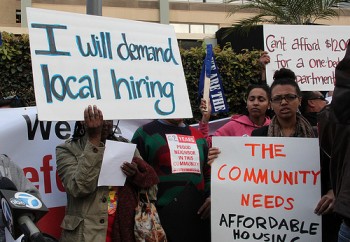
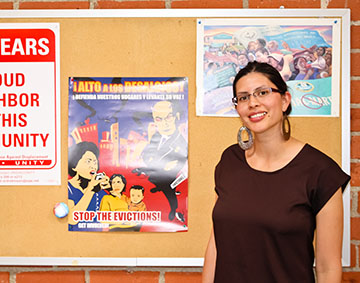
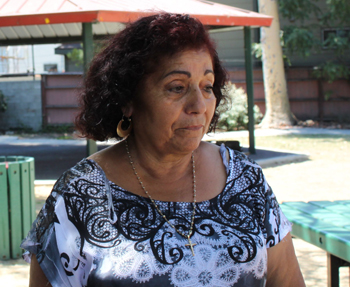 Juana Osorio is worried about getting pushed out of the neighborhood by the USC Master Plan.
Juana Osorio is worried about getting pushed out of the neighborhood by the USC Master Plan.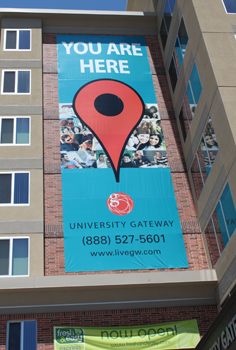 And they often do pay higher rent. Privately-owned student housing can soar to $4,000/month, which is the case at the Gateway Housing development, located on the corner of Jefferson and Figueroa. Rents for a 2-bedroom apartment are $999 per person if the bedrooms are shared with another occupant. If the rooms are rented privately, the monthly rent is $1,798.
And they often do pay higher rent. Privately-owned student housing can soar to $4,000/month, which is the case at the Gateway Housing development, located on the corner of Jefferson and Figueroa. Rents for a 2-bedroom apartment are $999 per person if the bedrooms are shared with another occupant. If the rooms are rented privately, the monthly rent is $1,798. Jon Samore, co-owner of Vermont Outlet True Value, says USC needs to give the neighborhood more information about its plans.
Jon Samore, co-owner of Vermont Outlet True Value, says USC needs to give the neighborhood more information about its plans.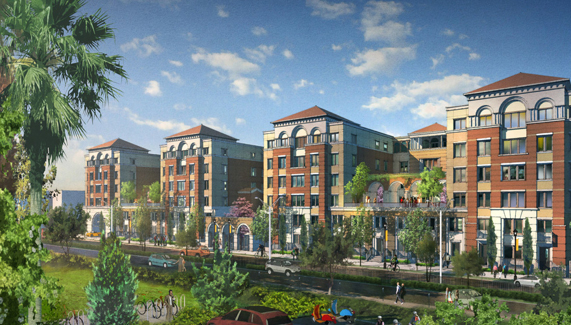
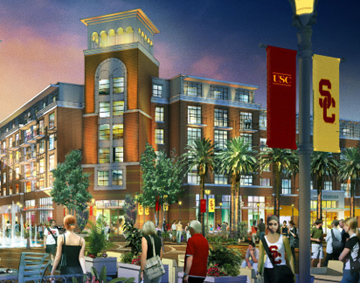 The new plans call for a mixed-use development with retail space on the ground floor and student housing above. The housing is especially important, because USC students have moved into housing that would have been rented by local families. The proposed housing units in the new development should return 900 units to the community, according to the Master Plan for University Village. However, this may not bring the expected benefits to the neighborhood. Paulina Gonzalez, Executive Director of Strategic Actions for a Just Economy (SAJE), a South Los Angeles community housing and economic development group, said,
The new plans call for a mixed-use development with retail space on the ground floor and student housing above. The housing is especially important, because USC students have moved into housing that would have been rented by local families. The proposed housing units in the new development should return 900 units to the community, according to the Master Plan for University Village. However, this may not bring the expected benefits to the neighborhood. Paulina Gonzalez, Executive Director of Strategic Actions for a Just Economy (SAJE), a South Los Angeles community housing and economic development group, said, 




